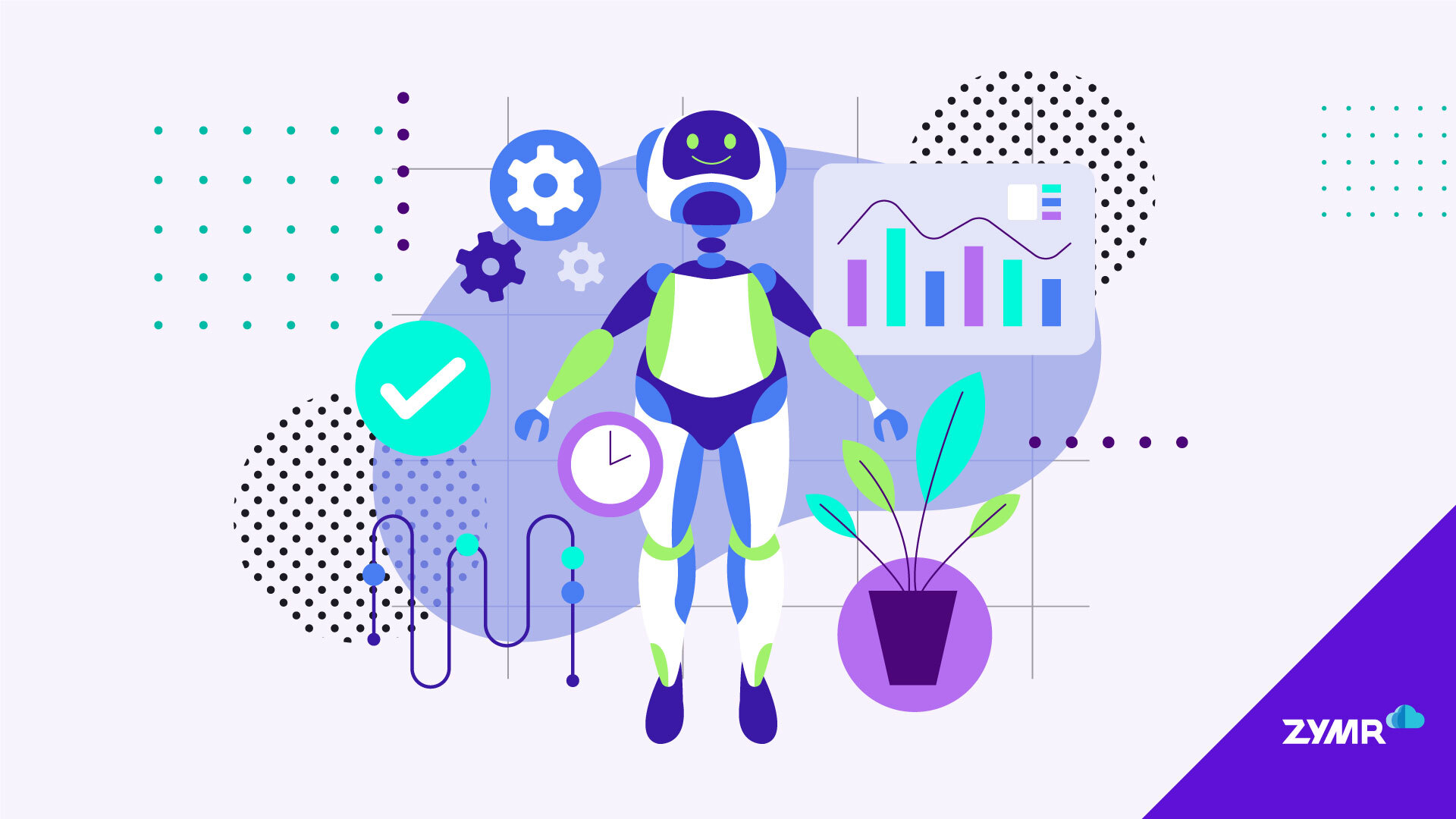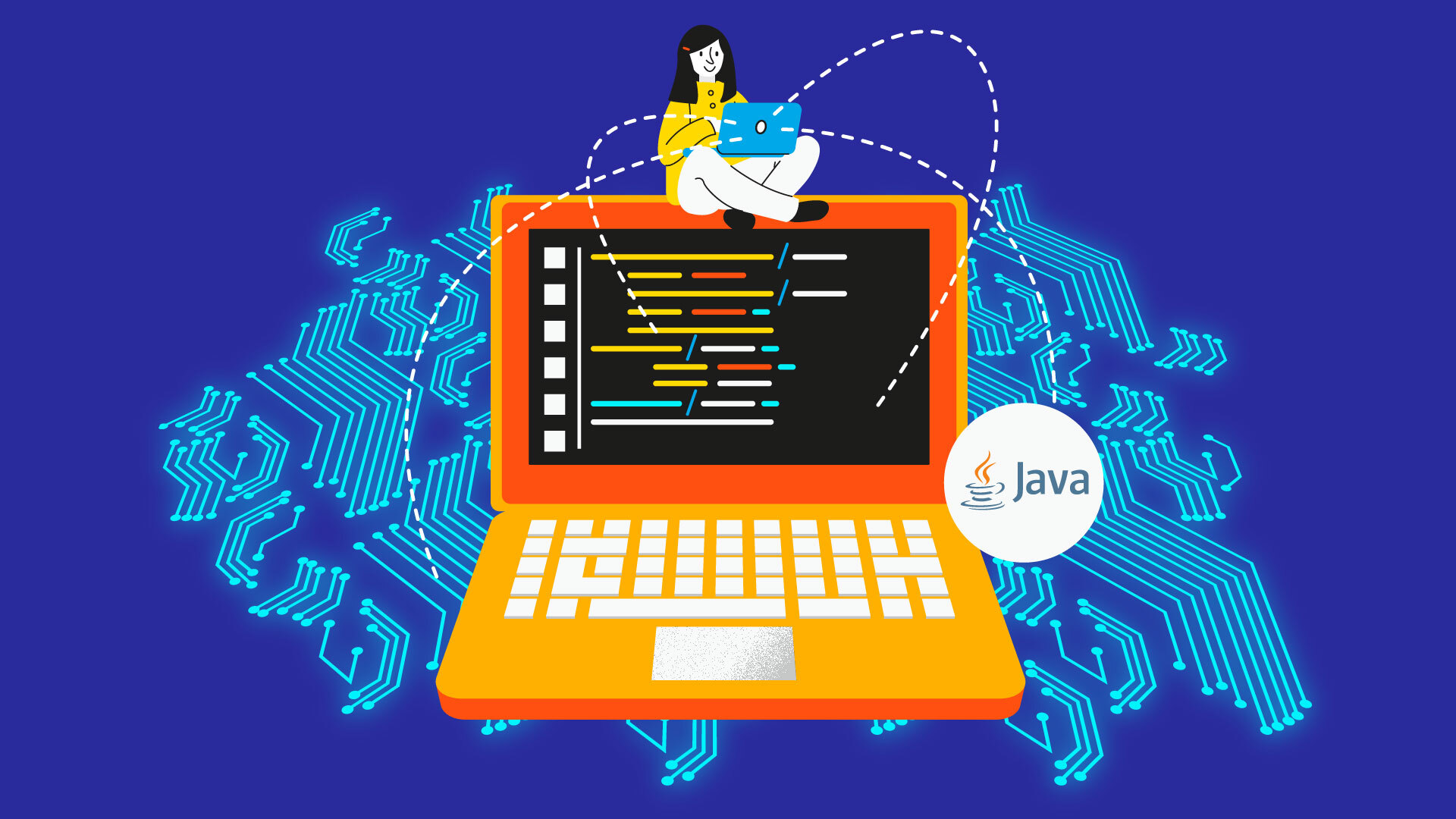Top 3 Cloud Automation Considerations Amid Coronavirus Crises

Amidst COVID-19 crises, organizations are struggling hard to stand firm against the economic slowdown, fiscal shocks, and volatile market conditions. While a significant part of corporate world has hit the rock bottom due to lockdowns, cloud operations services are making sure that the organization is working efficiently and smoothly (virtually) even during the darkest of days. This blog will talk about the impact of recent crises on industry leaders that made them rethink on top 3 considerations of cloud automation in times of coronavirus disruption.Did you know, the adoption of Amazon, Microsoft, Google, and Alibaba cloud has skyrocketed during the lockdown and social distancing? Marketwatch published that Cloud companies appear to be a silver lining as coronavirus dampens IT spending. Analyticsinsight.net suggested that Cloud computing is helping deal with coronavirus. CRN stated, In the coronavirus crisis, public cloud computing is ‘An Unsung Hero’. ENR quoted that Cloud infrastructure keeps firms afloat during the coronavirus pandemic. Cloud automation has emerged as a knight for tech businesses struggling to stay afloat during the time of the Coronavirus pandemic. The cloud decision-makers are all geared up to harness the potential of automation to fast-track innovation. To achieve cloud automation, IT teams are using orchestration and tools that run over virtualized environments as it accelerates agility, business scalability, simplifies business processes, and helps businesses make a transition from legacy systems to cloud. Automation should be implemented only when it is quintessential keeping the rise of the remote workforce under consideration. If it is executed improperly, it can cause severe damage. Let’s take a quick look at the major considerations in cloud automation.
Top 3 Considerations in Cloud Automation That You Must Know
#1 Focus on Pipeline Automation.
An ever-changing business environment affects automation and applications that run in the cloud infrastructure. Tools like AWS Lambda, Azure Automation, DevOps, Continuous Integration and Continuous Deployment (CI/CD) integrate business needs with development workflows for apps that are to be deployed into the cloud. With a properly-outlined process, automation develops a system of on-demand resources to inject business and app requirements into workflows. Agility and security are managed by efficient code delivery pipelines whereas strengthened by the cumulative power of automation and cloud infrastructure. These technologies, tools, and processes curb the development costs, offer superior quality results, and improve the time to market with valuable insights from developers who are working remotely.
#2 Focus on a Strong Security Posture.
The biggest challenge for businesses is to manage security risks and the threat of business-critical disruptions when employees work remotely. ITOps, DevOps and SecOps teams are on their toes to deliver business requirements by maintaining the highest levels of security. The goal of ingesting automation into the workflow is to close the process-based security gaps at a rapid pace. Automation can assist the teams to strengthen the security posture with strong cloud governance, and breach detection. Automated log analysis, scripting of resolutions, and escalation of malicious patterns can bolster security measures. Security automation minimizes the requirements of security personnel in Security Operating Centers and can shift to a specific escalation pattern that enables more remote work.
#3 Focus on Business Continuity Plans.
Business continuity planning and disaster recovery empower businesses to run seamlessly during temporary disruptions yet it is overlooked in information technology systems. Cloud technology along with its powerful tech stack provides a plethora of continuity and resiliency options to businesses. Cloud disaster recovery enables the backup of remote devices on cloud-based platforms. Businesses struggle with how to get backups for legacy systems, storage, and archived data whereas inexperienced developers are prone to ignore the backups but there is no room for such carelessness during the times like COVID-19. Automated cloud-based backup can be integrated with hybrid and multi-cloud configuration for legacy data and modern apps. Key Takeaway - Cloud was designed for automation!Starting the cloud journey without keeping automation under consideration could result in an environment that lacks agility, as automation unlocks agility. Automation fast-track governance, security, and visibility with minimal administration. In the current arena of IT and self-isolation, automation plays a pivotal role in developing highly responsive and proactive apps in cloud infrastructure. All you need is the right cloud operation solutions partner, who can help you accelerate towards your next goal of expansion, and help your workforce to transform into a profit center you want them to be.Looking for a Top-notch Cloud Operations Services Partner?Standardize the platforms, revolutionize business models, and automate operations with power-packed cloud computing services. Whether you’re already somewhere in the middle of your cloud journey or taking the first step, our premium cloud operations services are here to ensure availability, ease of use, and reliability for both users and developers while giving you the freedom to experiment with stability and speed. Let us fast-track your cloud operations journey with our CloudOps Assessment, CloudOps Implementation, and CloudOps Management services. Leverage our in-depth industry experience and domain expertise in cloud technologies to develop a future-state cloud business model.Thinking Cloud? Contact our team today!




.jpg)

.svg)
.svg)
.svg)
.svg)
.svg)
.svg)